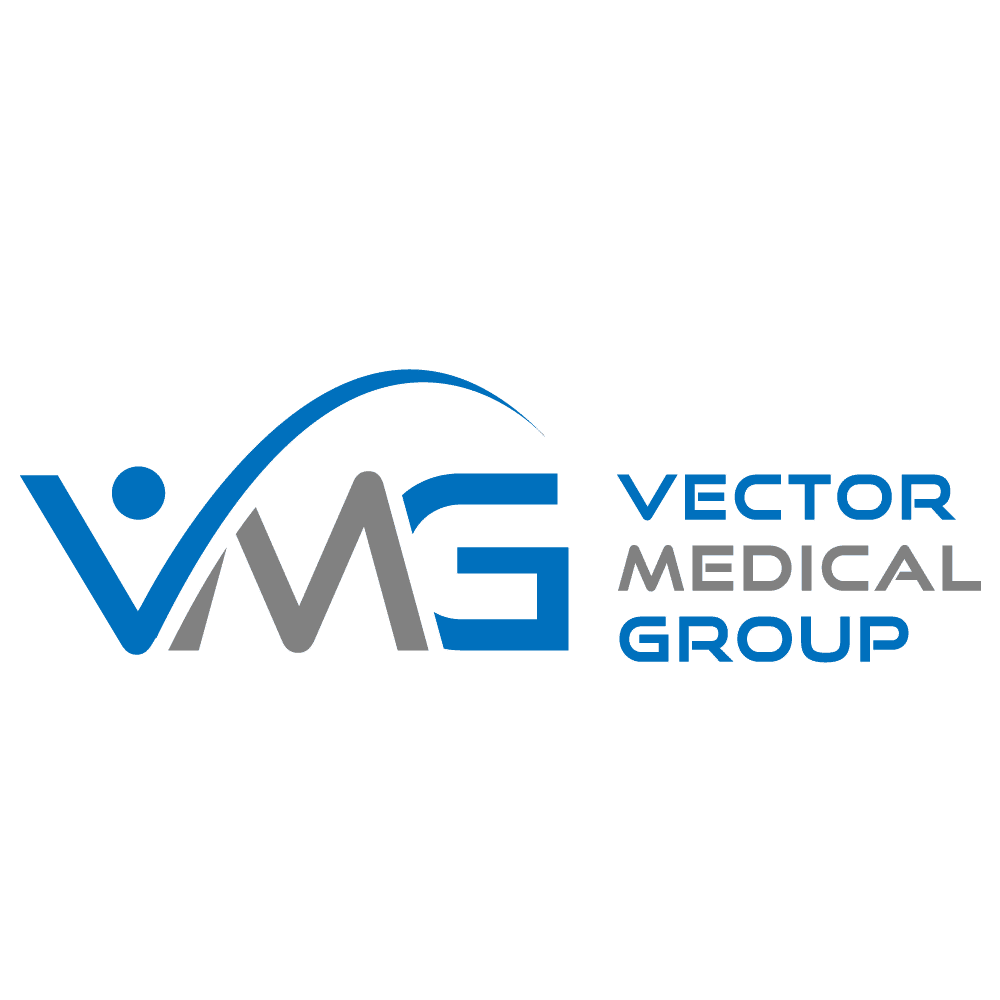By Dana Jacoby
Increase the Speed of Your Operations
To build your healthcare business for speed, you must focus on creating efficiencies in all aspects of your company. This business practice includes streamlining operations, improving communication and organizational strategies, and investing in the latest technology.
By streamlining operations, you can create a fast-paced healthcare business, eliminating waste and inefficiencies that slow down your business. In addition, this practice simplifies administrative processes, improves patient flow, and implements lean manufacturing principles.
Identify Bottlenecks
There are a few key places in any company where bottlenecks can occur. The first is in the decision-making process — if too many cooks are in the kitchen, decisions can get bogged down, and nothing gets done.
Another potential bottleneck is in the workflow process itself. If there are too many steps or a lack of standardization, blockages can occur.
Bottlenecks can also happen in the distribution and sales process. If orders take too long to fill or customers have trouble getting their hands on products, then that’s a sign that something is wrong. By identifying where your company’s bottlenecks are occurring, you can start implementing plans to fix them.
Healthcare Communication
Improving communication and organizational strategies can help get the most out of your employees and ensure everyone is working towards the same goals. This strategy includes setting clear expectations, establishing efficient lines of communication, and creating a culture of accountability.
Also, implementing lean management principles can help healthcare businesses increase speed. Lean management is a system of continuous improvement that helps organizations eliminate waste and improve quality. By eliminating wasteful practices, healthcare organizations can free up resources that they can use to improve patient care or reinvest in other areas of the business.
Invest in Tech
Another way to increase efficiency is by investing in technology. For example, healthcare organizations that have adopted electronic health records (EHRs) are more efficient than those that have not.
EHRs help healthcare providers track patient information and make sharing data between departments and providers easier. This investment can lead to better coordination of care and improved patient outcomes.
Fast pace healthcare organizations can also improve their speed by making use of data analytics. Analytics can help identify patterns and trends in patient care that can help improve the quality and effectiveness of care delivery. In addition, by using data to drive decision-making, healthcare organizations can ensure that they use their resources in the most efficient way possible.
Resiliency
Efficient healthcare organizations tend to be more growth-oriented than their less efficient counterparts. Growth-oriented companies constantly look for ways to improve and expand their operations. They are always innovating and seeking out new opportunities.
Efficient healthcare organizations have a clear advantage over their less efficient counterparts. They are more profitable, resilient, and growth-oriented. These qualities allow them to compete in today’s ever-changing healthcare landscape effectively.


